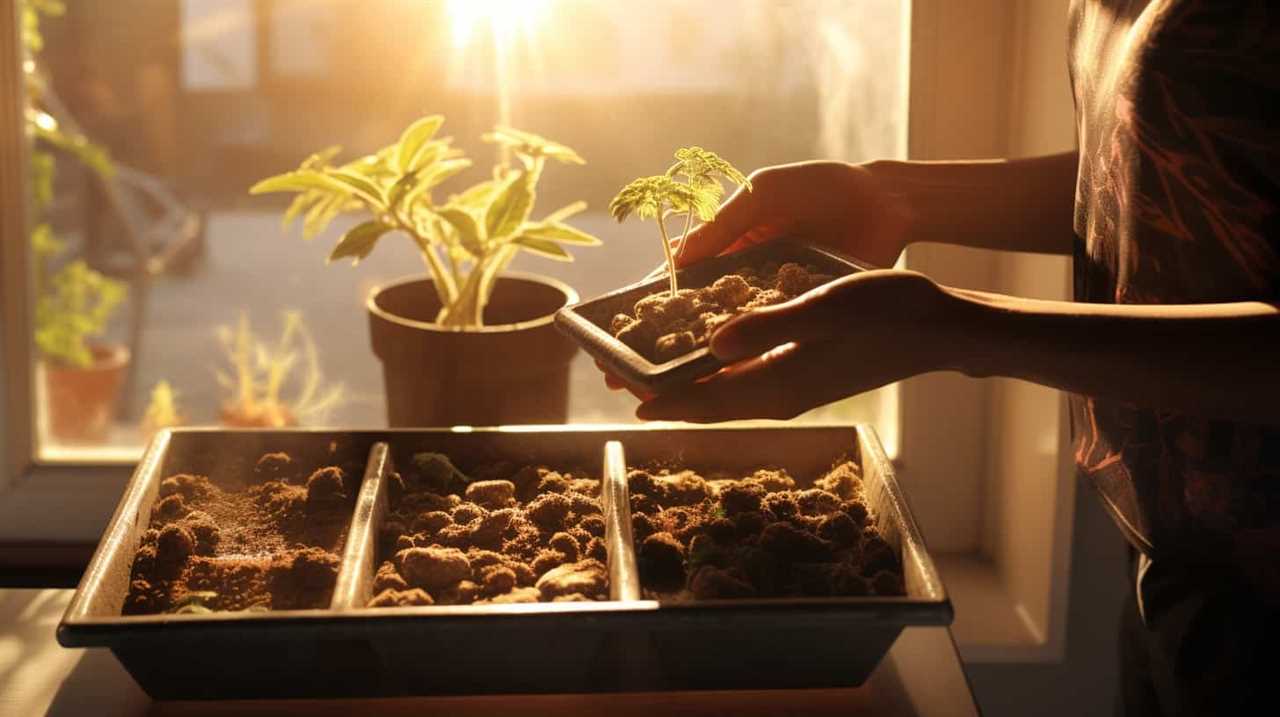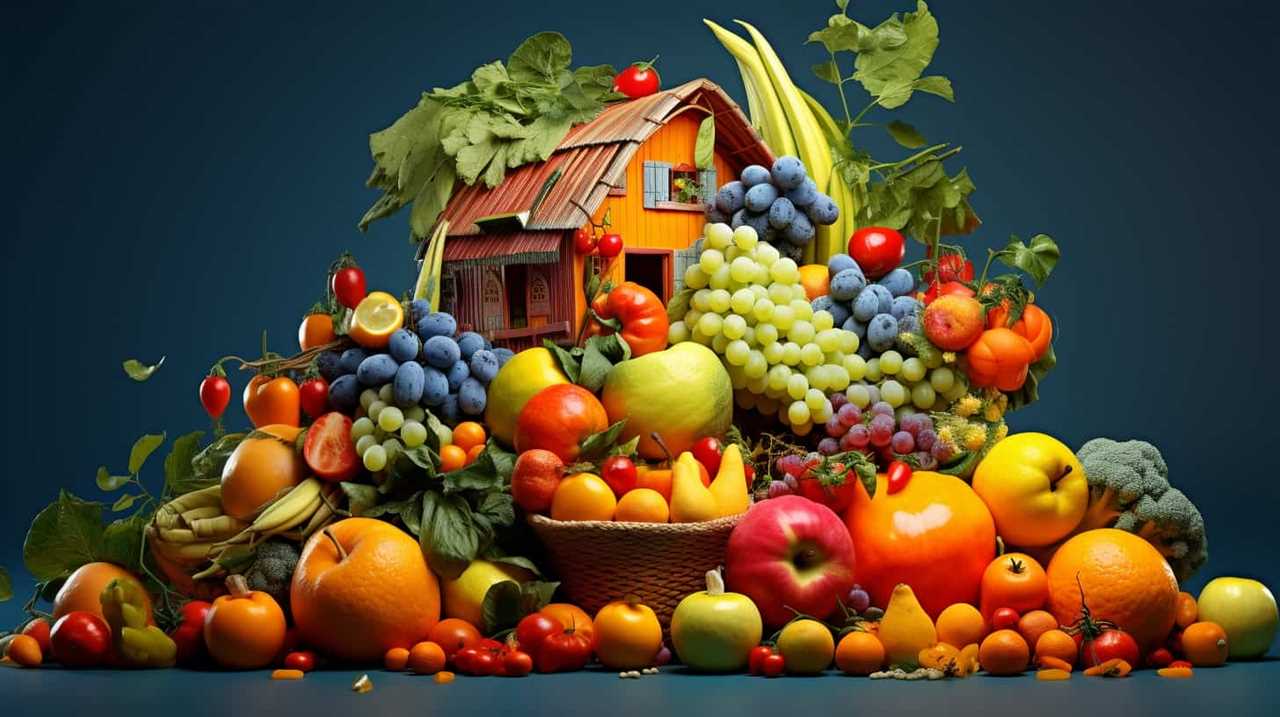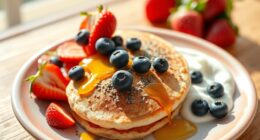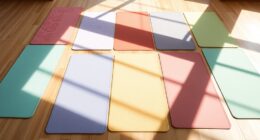Tired of the small amount of crops you’re getting from your seeds? Don’t worry, we’ve got just the thing for you! Find out how to boost your **production** and get more out of your planting. Keep reading to discover the secret to a bountiful harvest.
In this article, we’ll share with you the 8 best techniques for high-yield seed production. From soil preparation to seed drying and storage, we’ve got you covered.
Get ready to revolutionize your seed production and achieve maximum yield. It’s time to unlock the secrets to successful seed production and liberate your harvest.
Key Takeaways
- Incorporate organic matter into the soil and conduct soil testing to enhance fertility and determine nutrient content.
- Implement proper soil preparation techniques such as compost application and mulching to improve soil structure and water retention.
- Practice crop rotation and intercropping to improve soil fertility, reduce pest and disease pressure, and increase crop yield.
- Use drip irrigation, mulching, and proper irrigation scheduling to conserve water and promote maximum seed production.
Soil Preparation Techniques
We recommend incorporating organic matter into the soil to enhance its fertility and promote optimal seed production.
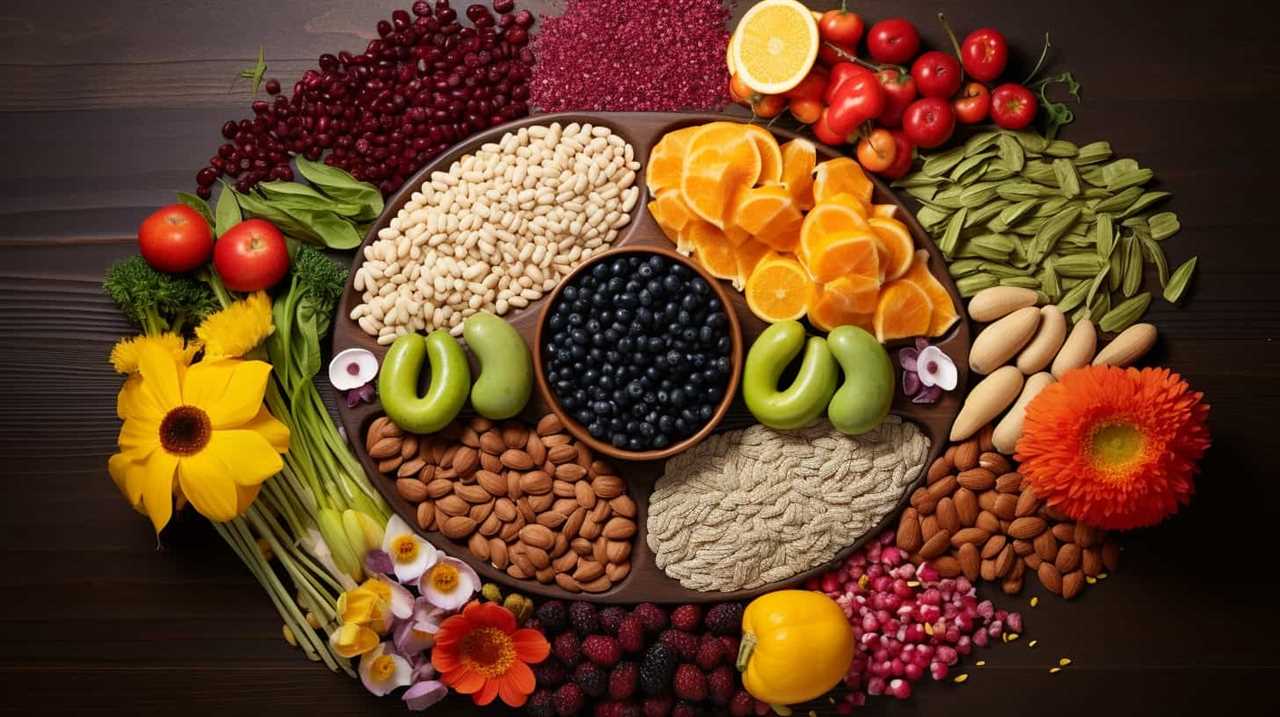
Before planting, it’s crucial to conduct soil testing to determine its nutrient content and pH levels. This will help identify any deficiencies and allow for targeted amendments.
Composting techniques can be employed to create nutrient-rich organic matter. By combining green and brown materials such as kitchen scraps, yard waste, and leaves, you can create a compost pile. Turn the pile regularly to aerate it and facilitate decomposition.
Once the compost is ready, add it to your soil to improve its structure, water retention, and nutrient availability. This will create optimal conditions for seed germination and growth.
Soil testing and composting techniques are essential steps in preparing the soil for high-yield seed production.

Optimal Planting Methods
When it comes to achieving high-yield seed production, implementing optimal planting methods is crucial. These methods not only ensure proper spacing and depth for the seeds, but also contribute to the overall health and productivity of the crop.
Soil Preparation Techniques
To maximize seed production, it is essential to implement proper soil preparation techniques that promote optimal planting methods. Two key techniques for soil preparation are compost application and mulching. Compost application involves adding organic matter to the soil, which improves its fertility and structure. This can be done by spreading a layer of compost over the planting area and then incorporating it into the soil. Mulching, on the other hand, involves covering the soil surface with a layer of organic materials such as straw or wood chips. Mulching helps to conserve moisture, suppress weeds, and regulate soil temperature. It also adds organic matter to the soil as it decomposes. By using these techniques, farmers can create a favorable environment for seed production and increase their chances of achieving high yields.
| Soil Preparation Techniques | Benefits |
|---|---|
| Compost Application | – Improves soil fertility |
| – Enhances soil structure | |
| Mulching Techniques | – Conserves moisture |
| – Suppresses weeds |
Crop Rotation Benefits
For optimal planting methods in high-yield seed production, it’s crucial to consider the benefits of crop rotation. Crop rotation benefits include improved soil fertility, reduced pest and disease pressure, and increased crop yield. By rotating crops, we can break the life cycle of pests and diseases, as different plant species attract different pests.
Additionally, crop rotation helps maintain soil health by preventing nutrient depletion and reducing the buildup of pathogens. Intercropping advantages can also be achieved through crop rotation, as it allows for the simultaneous cultivation of different crops on the same land, maximizing the use of available resources and increasing overall productivity. Intercropping can enhance soil nutrient availability, reduce weed competition, and improve pest management.
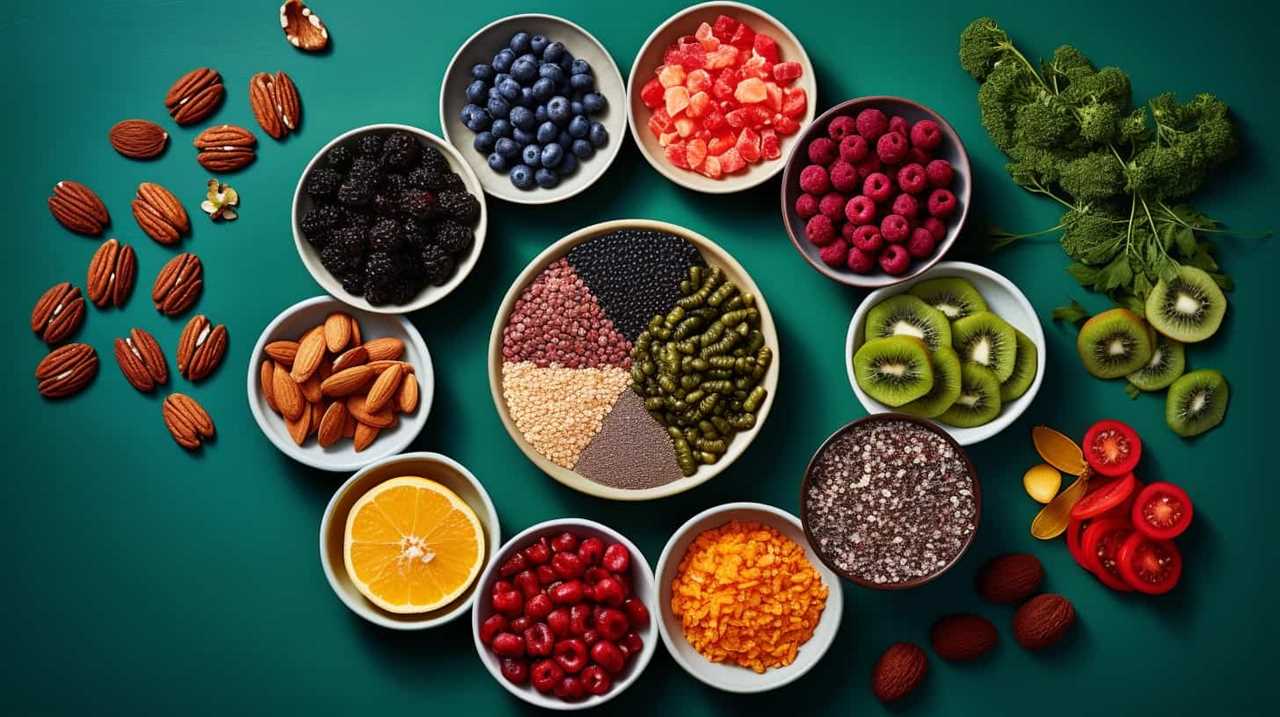
These benefits make crop rotation an effective planting method for high-yield seed production.
Transitioning into the subsequent section about effective irrigation practices, it’s essential to properly manage water resources to ensure optimal crop growth and yield.
Effective Irrigation Practices
With regards to effective irrigation practices, we’ve found that incorporating a well-designed irrigation system is crucial for achieving high-yield seed production. To ensure efficient watering and promote water conservation, we recommend the following techniques:
- Drip irrigation: This method delivers water directly to the plant’s root zone, minimizing evaporation and reducing water waste. By providing water precisely where it’s needed, drip irrigation maximizes plant uptake and minimizes runoff.
- Mulching: Applying a layer of organic mulch around plants helps retain soil moisture by reducing evaporation. Mulching also suppresses weed growth, which can compete with crops for water and nutrients.
- Irrigation scheduling: Monitoring soil moisture levels and adjusting irrigation accordingly can prevent overwatering and optimize water use. Tools such as soil moisture sensors and weather-based irrigation controllers can assist in determining the appropriate irrigation schedule.
Nutrient Management Strategies
When it comes to high-yield seed production, nutrient management plays a crucial role in ensuring soil fertility and maximizing crop yield.
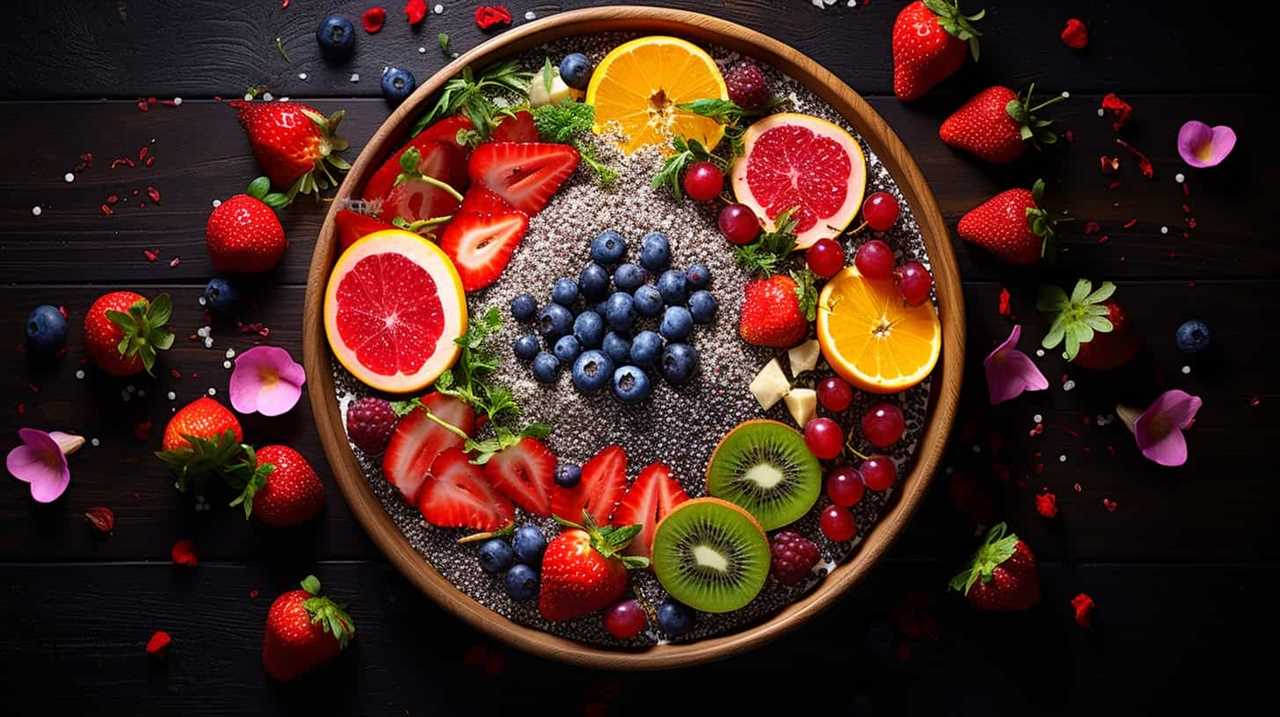
One important consideration is the choice between organic and synthetic nutrients, each with their own advantages and disadvantages.
Additionally, nutrient deficiencies can hinder seed production, but there are various solutions available to address these issues and optimize nutrient levels for optimal seed production.
Soil Fertility and Yield
To maximize seed production, we prioritize maintaining optimal soil fertility and implementing effective nutrient management strategies. Proper soil fertility is crucial for healthy plant growth and higher seed yields.
Here are three key factors to consider in soil fertility and yield:
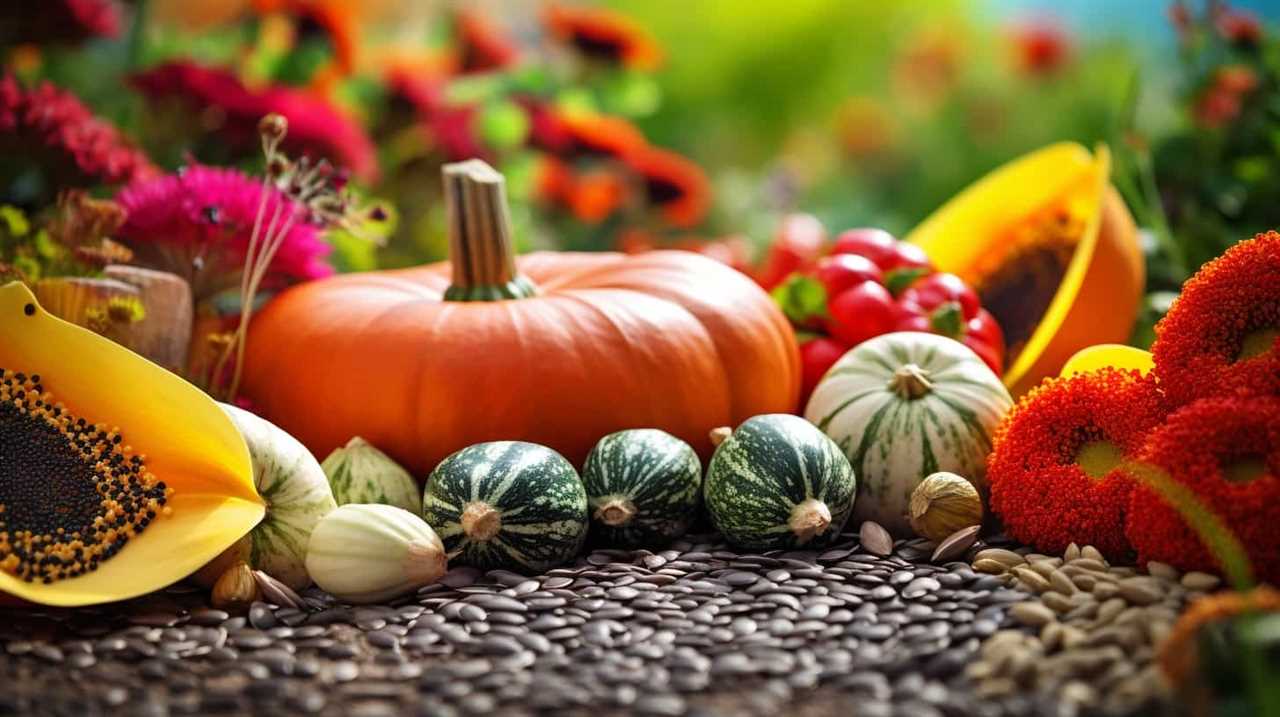
- Soil testing methods: Regular soil testing is essential to assess the nutrient levels and pH balance in the soil. This helps determine the specific nutrient requirements of the crops and allows for targeted fertilization.
- Cover crop benefits: Incorporating cover crops into the rotation can improve soil fertility by fixing nitrogen, preventing erosion, and enhancing organic matter content. They also help suppress weeds and improve water infiltration.
- Nutrient management strategies: Implementing balanced nutrient management strategies involves providing plants with essential macro and micronutrients. This can be achieved through organic or synthetic fertilizers, depending on the specific needs of the crops and the sustainability goals of the farmer.
By maintaining optimal soil fertility and adopting effective nutrient management strategies, seed producers can maximize their yields and ensure the long-term health of their fields.
Now, let’s explore the difference between organic and synthetic nutrients and their impact on seed production.
Organic Vs. Synthetic Nutrients
As we delve into the topic of organic vs. synthetic nutrients for nutrient management strategies in high-yield seed production, it’s important to understand the key differences and their impact on crop productivity.
Organic farming focuses on utilizing natural sources of nutrients, such as compost, animal manure, and cover crops, to enhance soil fertility. This approach promotes long-term sustainability and environmental stewardship.
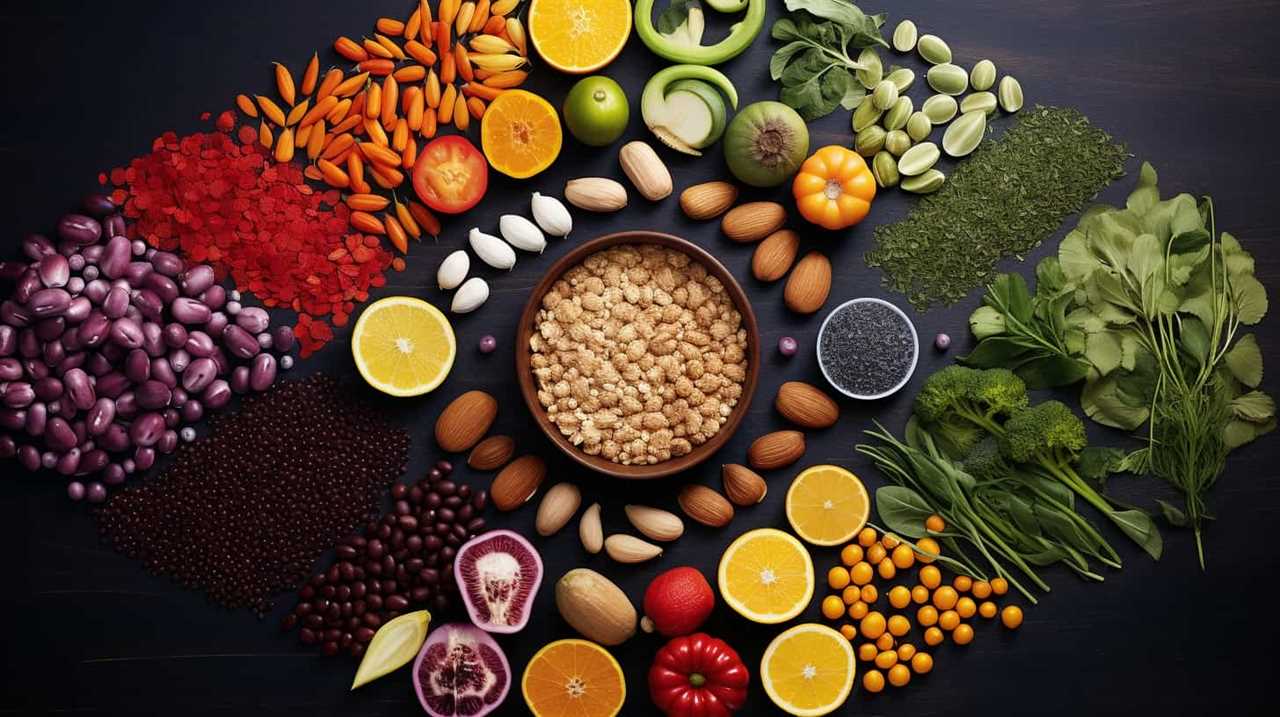
On the other hand, synthetic nutrient supplementation involves the use of commercially manufactured fertilizers that provide specific nutrients in a readily available form. While synthetic nutrients can offer immediate benefits and precise control over nutrient levels, they may also have negative effects on soil health and ecosystem balance.
Ultimately, the choice between organic and synthetic nutrient management strategies depends on the farmer’s goals, resources, and commitment to sustainable practices in high-yield seed production.
Nutrient Deficiencies and Solutions
We’ve discovered that addressing nutrient deficiencies through targeted supplementation is crucial for effective nutrient management strategies in high-yield seed production. Nutrient deficiencies can significantly impact plant growth and development, leading to reduced seed production and lower yields.
To prevent nutrient deficiencies and ensure optimal plant nutrition, consider the following strategies:
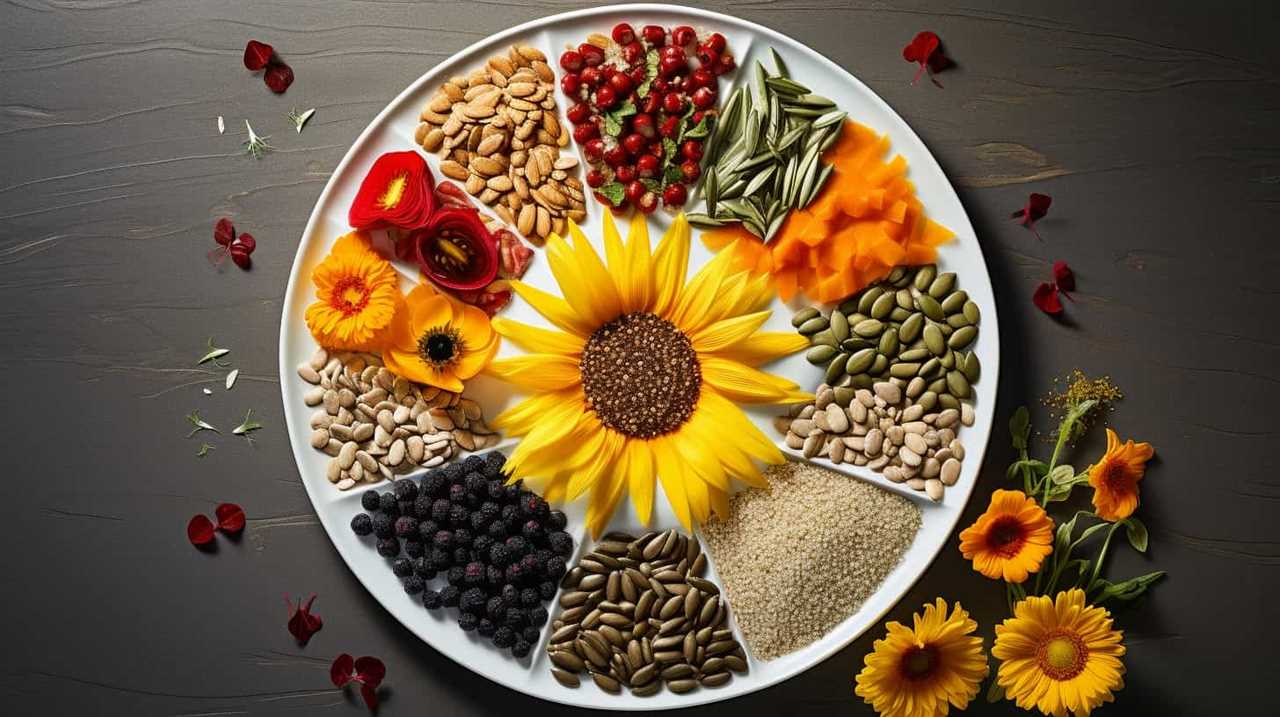
- Regular soil testing: Conducting regular soil tests enables you to identify nutrient deficiencies and adjust your fertilization program accordingly. This helps in preventing nutrient imbalances and ensures balanced nutrient uptake by plants.
- Balanced fertilization: Providing a balanced blend of essential nutrients is essential for preventing nutrient deficiencies. Use fertilizers that contain a mix of macronutrients (nitrogen, phosphorus, and potassium) and micronutrients (iron, zinc, manganese, etc.) to meet the specific nutrient requirements of your crop.
- Foliar application: In cases of severe nutrient deficiencies, foliar application can be an effective solution. By spraying a nutrient-rich solution directly onto the plant leaves, you can quickly supply the deficient nutrients and alleviate symptoms.
Pest and Disease Control Measures
Implementing effective pest and disease control measures is essential for maximizing seed production yields. By adopting integrated pest management (IPM) techniques, farmers can minimize the use of chemical pesticides and rely more on biological control measures. IPM involves the careful monitoring of pests and diseases, and the use of natural predators, parasitoids, and beneficial insects to control their populations. This approach not only reduces the negative impact on the environment but also promotes the overall health and resilience of the crop. To illustrate the importance of pest and disease control, here is a table showcasing common pests and diseases in seed production and their corresponding control measures:
| Pest/Disease | Control Measures |
|---|---|
| Aphids | Introduce ladybugs and lacewings to feed on aphids. Apply neem oil or soap solution. |
| Fusarium wilt | Rotate crops, practice soil solarization, and use resistant varieties. |
| Whiteflies | Encourage the presence of predatory insects like green lacewings and parasitic wasps. Use reflective mulches to deter whiteflies. |
| Powdery mildew | Prune infected plant parts, improve air circulation, and apply fungicides if necessary. |
Proper Pollination Techniques
To maximize seed production yields, we must ensure proper pollination techniques are implemented. Pollination plays a crucial role in seed development, and there are two main methods: hand pollination and bee pollination.
- Hand Pollination: This technique involves manually transferring pollen from the male reproductive organ to the female reproductive organ of the same or compatible plant. It’s commonly used when natural pollinators are scarce or unreliable.
- Bee Pollination: Bees are efficient pollinators and play a vital role in seed production. By collecting nectar and pollen from flowers, bees inadvertently transfer pollen between plants, ensuring cross-pollination occurs. Encouraging bee populations through the use of bee-friendly plants and providing suitable habitats can enhance pollination success.
- Hybridization: Controlled hybridization techniques can be employed to create new plant varieties with desired traits. This involves carefully selecting parent plants and controlling the process of cross-pollination to ensure successful seed production.
Harvesting and Threshing Methods
For optimal seed production, our team relies on efficient harvesting and threshing methods. Mechanized harvesting is one of the most effective techniques we use. With the help of advanced machinery, we’re able to harvest a large quantity of seeds in a short period of time. This not only saves labor but also ensures that the seeds are collected at their peak maturity, resulting in higher quality and yield.
Additionally, mechanized harvesting allows for uniform harvesting, minimizing the risk of seed loss or damage. Once the seeds are harvested, we employ manual threshing methods. This involves separating the seeds from the rest of the plant material by hand or using simple tools. Manual threshing is a cost-effective and reliable method that ensures minimal seed damage, further enhancing the overall seed quality.
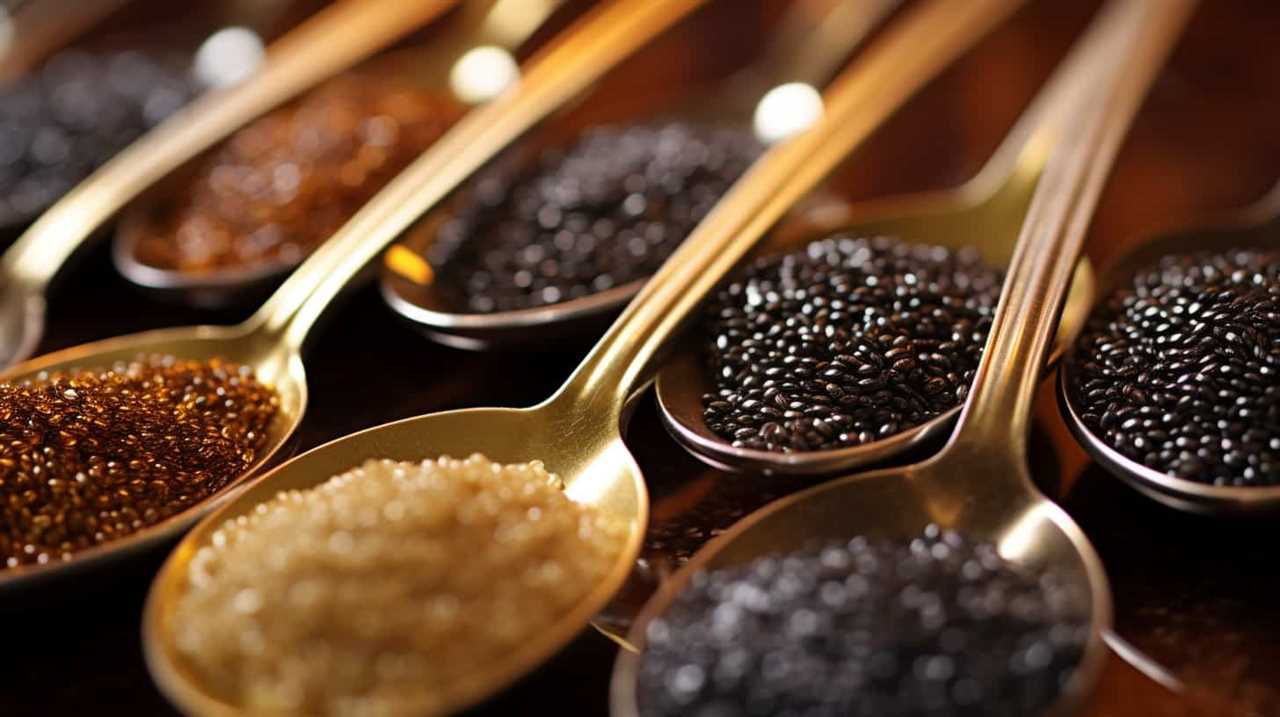
Seed Drying and Storage Procedures
Once the seeds are harvested and threshed, we carefully proceed with the seed drying and storage procedures. Ensuring that the seeds are properly dried and stored is crucial for maintaining their viability and maximizing germination rates. Here are three key steps to follow:
- Seed Drying: After harvest, spread the seeds in a single layer on a clean, dry surface, such as a screen or paper towel. Allow the seeds to air dry naturally, avoiding direct sunlight and excessive heat. Stir or turn the seeds periodically to ensure even drying.
- Seed Storage: Once the seeds are fully dried, transfer them to airtight containers, such as glass jars or sealed plastic bags. Store the containers in a cool, dark, and dry place to minimize moisture and temperature fluctuations.
- Seed Viability Testing: Regularly test the viability of stored seeds using germination techniques. This involves placing a sample of seeds on a moist paper towel and monitoring their germination rate over a specific period. Discard any seeds with low viability to maintain quality and ensure high yield.
Conclusion
In conclusion, employing the best techniques for high-yield seed production is crucial for successful agriculture.
Just like a symphony conductor skillfully orchestrates a harmonious performance, farmers must carefully prepare the soil, plant using optimal methods, provide effective irrigation, manage nutrients, control pests and diseases, ensure proper pollination, harvest and thresh with precision, and follow appropriate seed drying and storage procedures.
Only by following these steps can farmers achieve bountiful harvests and secure the future of our food supply.
